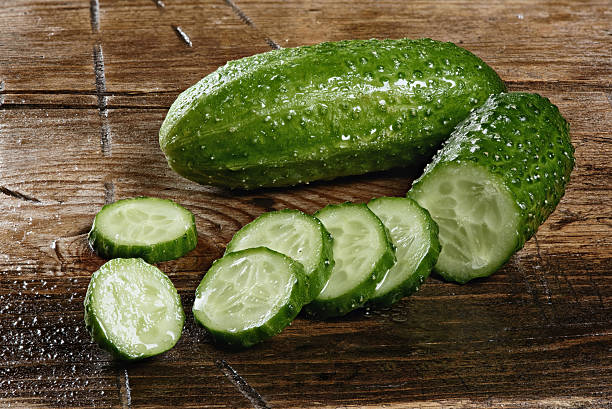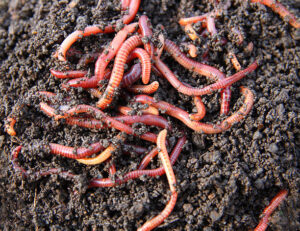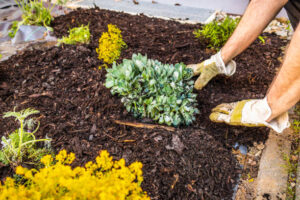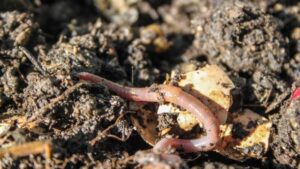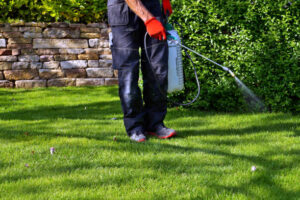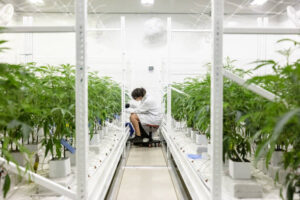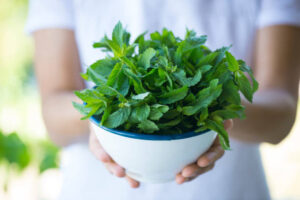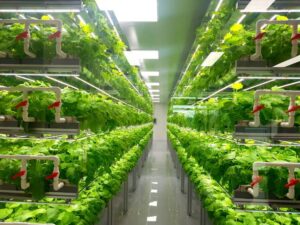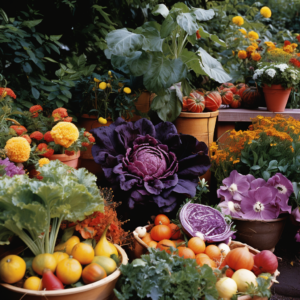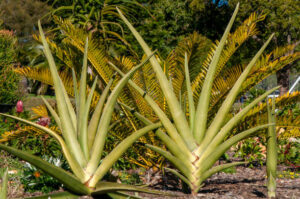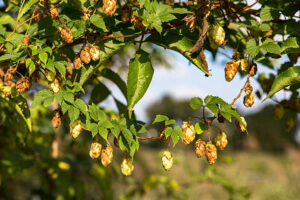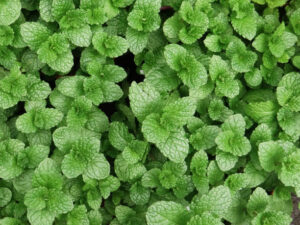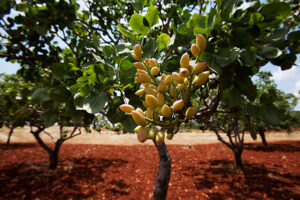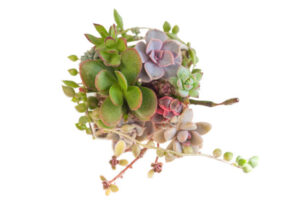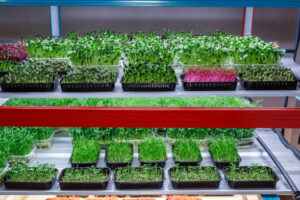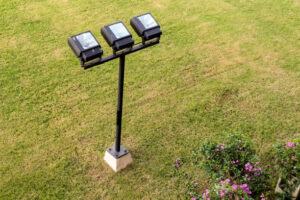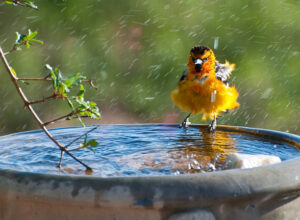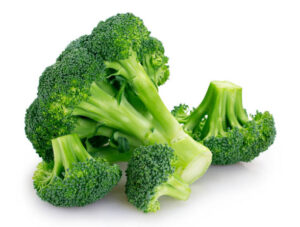Cucumber Spacing: How to Optimize Your Garden Yield
Introduction
Cucumbers, with their crisp texture and refreshing taste, are a staple in many gardens. Whether you’re a seasoned gardener or a novice, optimizing cucumber spacing is a fundamental aspect of ensuring a bountiful harvest. In this guide, “Cucumber Spacing: How to Optimize Your Garden Yield,” we’ll explore the art and science of arranging your cucumber plants for maximum productivity. From understanding plant needs to strategic planting techniques, let’s unlock the secrets to cultivating healthy and prolific cucumber crops in your garden.
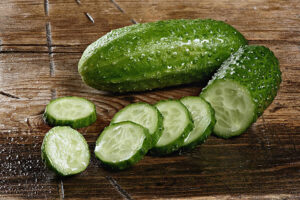
Understanding Cucumber Plant Needs
Before we explore the nuances of cucumber spacing, it’s essential to understand the unique needs of these vining plants. Cucumbers thrive in well-drained, fertile soil with a slightly acidic to neutral pH. They require ample sunlight, ideally six to eight hours a day, to foster robust growth and fruit development. Proper spacing plays a pivotal role in allowing each plant to receive adequate sunlight, nutrients, and airflow.
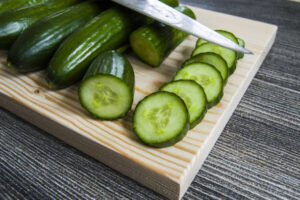
Optimal Spacing for Cucumber Plants
1. Row Spacing: When planning your cucumber garden, consider the spacing between rows. Allow at least 3 to 4 feet between rows to facilitate easy access for watering, weeding, and harvesting. This ample spacing also promotes good airflow, reducing the risk of diseases that thrive in humid conditions.
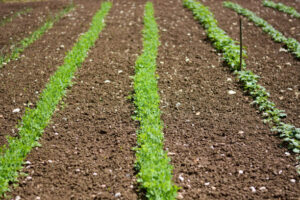
2. Plant Spacing: The spacing between individual cucumber plants within a row is critical for their health and productivity. Aim for a distance of 12 to 24 inches between plants, depending on the cucumber variety and its growth habits. Bush varieties typically require less space, while vining varieties need more room to sprawl.
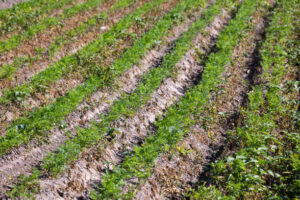
3. Vertical Gardening: To optimize space further, consider vertical gardening techniques. Providing trellises or stakes for vining cucumber plants encourages upward growth, saving horizontal space and making harvesting more accessible.

Benefits of Optimal Cucumber Spacing
Increased Airflow: Adequate spacing allows for better airflow between plants, reducing the risk of fungal diseases like powdery mildew. Good ventilation also helps the plants dry faster after rainfall or watering, preventing conditions favorable to pathogens.
Sunlight Penetration: Cucumbers are sun-loving plants, and proper spacing ensures that each plant receives the sunlight it needs for photosynthesis and fruit development. This is particularly important for preventing shading, which can lead to stunted growth and reduced yields.
Ease of Maintenance: Well-spaced cucumber plants make it easier to navigate your garden for routine maintenance tasks. Whether it’s watering, inspecting for pests, or harvesting, having sufficient space between plants simplifies these essential activities.
Watering Considerations
Proper watering is crucial for cucumber plants, and spacing plays a role in achieving optimal moisture levels. Ensure consistent and deep watering, especially during hot weather, to prevent drought stress. Adequate spacing allows the soil around each plant to absorb water efficiently, promoting healthy root development.
Conclusion
In the intricate dance of gardening, cucumber spacing emerges as a choreography that determines the success of your harvest. By understanding the specific needs of cucumber plants and strategically planning their arrangement, you embark on a journey to cultivate a garden bursting with crisp, succulent cucumbers.
As you tend to your cucumber patch, envision the benefits of optimal spacing: increased airflow, ample sunlight, and ease of maintenance. Implementing these spacing principles not only enhances the health and productivity of your cucumber plants but also transforms your garden into a flourishing haven. May your cucumbers thrive and your harvests be plentiful. Happy gardening!

